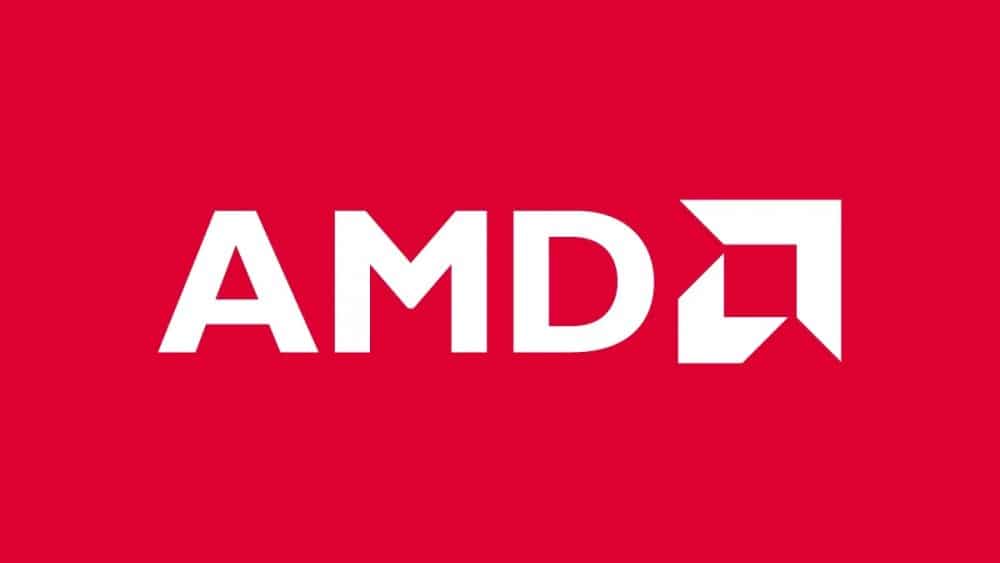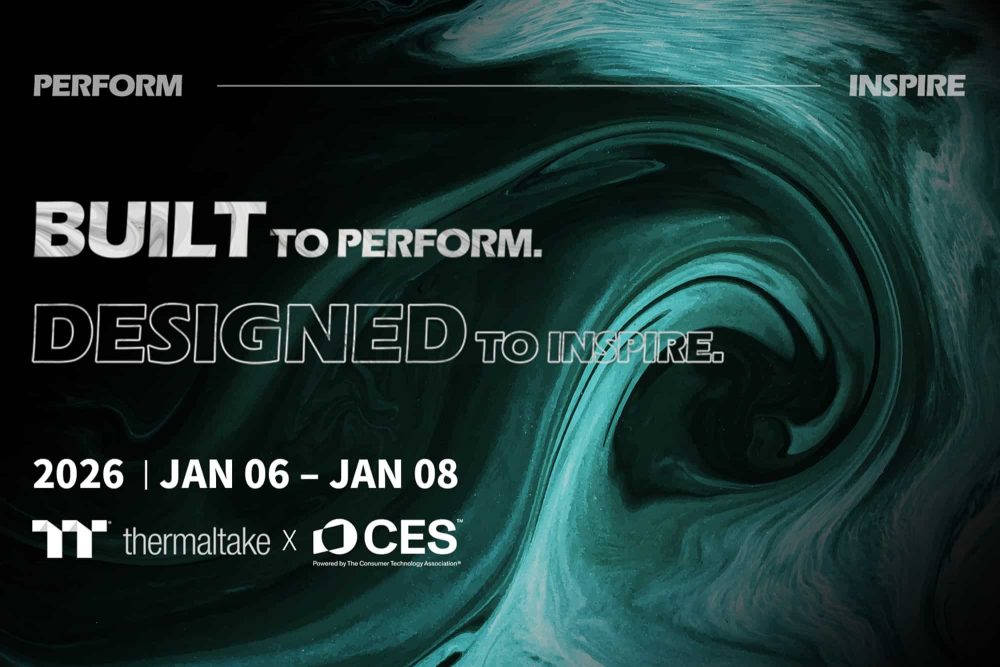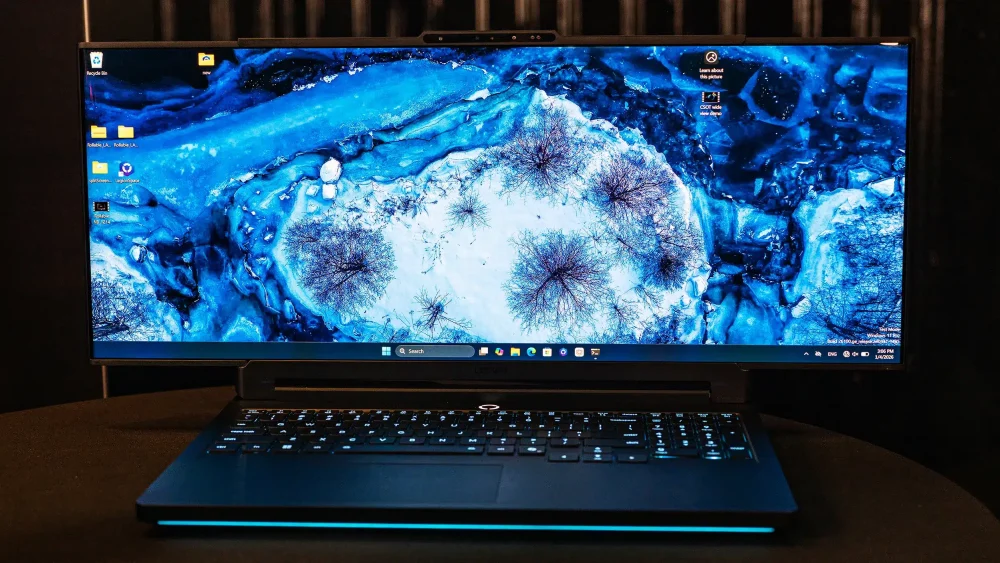The AI chip race isn’t just accelerating, it’s entering warp speed. AMD CEO Lisa Su has fired a bold shot across Nvidia’s bow, announcing that global demand for AI accelerators could exceed $500 billion within just a few years. And with AMD’s latest MI355 chips aiming squarely at Nvidia’s crown, the battle for AI supremacy has become a full-on arms race, with geopolitical and economic implications.
An Explosion Of AI Chips
At an AMD event in San Jose, Su unveiled the latest entries in the company’s MI300 series, including the newly launched MI355, which she claimed is 35 times faster than previous models. More importantly, AMD says the chip outperforms Nvidia’s Blackwell-class B200 and GB200 GPUs when running AI workloads, and matches or exceeds them in model training. That alone would be headline-worthy. But Su wasn’t finished.
At an AI policy summit hosted by the Hill & Valley Forum and the All-In Podcast, Su predicted the AI chip market, just the accelerator portion alone, could skyrocket past $500 billion in annual value in a few years. That’s more than the GDP of countries like Ireland or Singapore. And it’s not just GPUs anymore. Su warned of a “Cambrian explosion” of chip types tailored to diverse AI needs—from datacenters to consumer devices to scientific modeling.
“There will be diversity of chips,” Su said. “We’re not just talking about GPUs anymore, we’re talking about an entire ecosystem that needs to scale, fast.”
Musk, Altman, And The Trillion-Dollar Infrastructure Race
That demand isn’t hypothetical. Elon Musk’s xAI and Sam Altman’s OpenAI are already planning AI infrastructure on a scale comparable to that of nations.
Altman wants 100 million GPUs, potentially costing $3 trillion and consuming energy equivalent to 75% of the UK’s total production. Musk’s Dojo supercomputer and AI server farms aim to match or exceed that. Combined with initiatives from Meta, Google, and Amazon, the world is experiencing an unprecedented demand for computing power.
And right now, the world’s supply of advanced AI chips still falls short. That means the winners in this race won’t just be the ones with the best chips; they’ll be the ones who can scale manufacturing and supply at breakneck speed.
The US Scrambles To Catch Up
Su used her platform to issue a call to arms for U.S. manufacturing. While praising the Trump administration’s “AI Action Plan” as a solid blueprint, she emphasized that silicon alone isn’t enough.
“We need to scale the entire ecosystem, not just chip design, but fabs, packaging, software, cooling, and power delivery,” Su said.
Trump’s AI plan includes fast-tracking permits for data centers, banning “biased AI” in federal agencies, and launching a global AI exports program to position the U.S. as a tech superpower. The move has already stirred big tech: Apple pledged $500 billion in domestic investments, while Nvidia plans to build U.S.-made AI servers worth the same amount.
Still, AMD has ground to cover. While Su’s new chips show promise, Nvidia currently controls over 80% of the AI accelerator market, and its annual revenue from AI now exceeds $100 billion, compared to AMD’s single-digit billions.
Can AMD Catch Nvidia?
The math is staggering. AI chips today cost tens of thousands of dollars each. Even with AMD’s more competitive pricing, deploying millions of them means that AI compute is no longer just a tech story; it’s an economic and political one.
For AMD, success in the AI accelerator market would complete its transformation from an Intel rival in consumer CPUs to a global player in future-defining infrastructure.
For Nvidia, it’s a shot across the bow that reminds them Lisa Su is playing for keeps.
And for everyone else, gamers included, it raises uncomfortable questions:
- Will there be any GPUs left for consumers?
- Will prices ever return to a more reasonable level?
- And who controls the future of intelligence itself, governments, corporations, or whoever can afford to build the biggest chip factories?
One thing is clear: the next three years will define the global AI landscape for decades to come.


